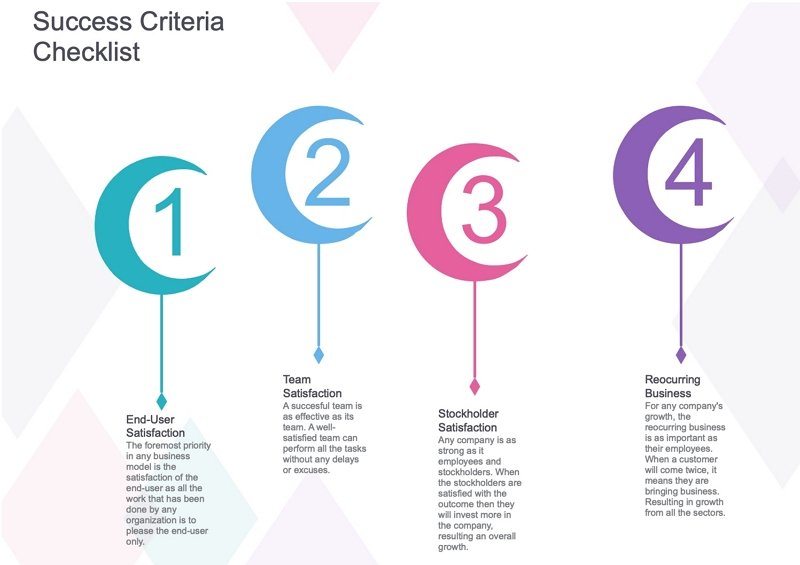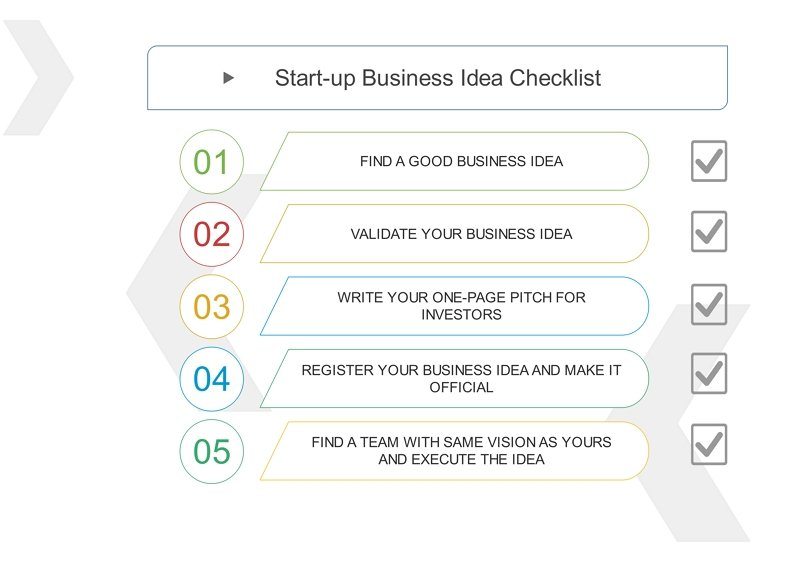What Is A Checklist? How Can You Effectively Use It?
Create a checklist Online Free Free Download Free Download Free Download Free DownloadWhat is a Checklist?
A checklist is a list of things that you can verify, inspect or examine processes and procedures. Checklists are used from construction inspections to complicated surgical surgeries. They can be used in every sector.
Checklists are templates which are meant to execute routine operations, validate a set of criteria or compile data in an organized and structured manner. They are used to perform regular inspections of operations or goods so that nothing important is missed by the worker or inspector.
Application Scenarios Of Checklists
- In aviation safety, pre-flight checklists help to ensure critical items are not overlooked.
- Used in information development quality control, to verify compliance with procedures, application standardization and error detection, among others.
- In civil litigation, dealing with the complexity of the practice of discovery and motions. An example of this is the guide for open source lawsuits.
- A popular instrument for tracking collections of sports cards. Checklist cards placed at random in packs and they provide details about the contents of the package of sports cards.
Benefits of Using Checklists
- Organization: Checklists will help us remain more structured by ensuring that no steps in a process are missed. They are user friendly and effective.
- Motivation: We are motivated to take action and complete tasks by checklists. Since checklists can make us more successful, it becomes a virtuous circle where we are motivated by the positive results to achieve more. Plus, its always satisfying to check an activity after you have completed it.
- Productivity: You can complete routine tasks quicker and more effectively by providing a guide, and with fewer errors.
- Creativity: Checklists allow you to master tedious activities and use your brainpower for innovative work. If the checklist means fewer emergency alarms and less tension, we have not only more time to be innovative but also the freedom to think more clearly.
- Delegation: By splitting down tasks into individual tasks, we gain more confidence from checklists when delegating operations.
- Excellence: Checklists allow us to be more effective in customer care. Through helping ensure you offer excellent customer experience we will achieve success in the consumer's eyes. Excellence is a distinction in improving brand loyalty.
How To Use the Checklist?
Effective usage of checklists is essential to maintain a smooth workflow.
- Checklists must be explicitly set out to cover all things that may provide the company with important data.
- A successful checklist must specifically define what is to be reviewed, what is the enforcement or non-compliance condition, and the level of monitoring or inspection.
- They may be used to collect data or to monitor the evolution of a function or operation.
- Checklists are often used to monitor the state of activities on a regular basis and to determine the pattern in production or dispersion, without the need for more detailed figures or graphs.
Examples of Checklists

In this example, a success criteria checklist is created. There are 4 key tasks in this list to ensure efficiency and create a flow of the processes.

In the second example, a checklist to create a business idea for a start-up is defined. This checklist is a 5 steps procedure.
Tips To Make an Effective Checklist
- Every item has to be very simple and descriptive
- Organise the items based on category
- Make every element actionable
- Keep refining the checklist
This way it will be easier for the people to follow the checklist. They need to be easy to grasp and use. Create simple steps which, in a straightforward way, remind the user which steps to follow next.
This helps you to conveniently switch through the various parts and instantly locate the things that you are working on. You will easily move to the section of the checklist you are working on by grouping the things in groups. Don't over-organize and make sure you use clear tag names and make sure you locate the checklist element you are searching for quickly.
The strength of a checklist is that you will take action on each item to make sure that you agree with the item's intent. When the checklist things are too unclear or uncertain, you'll tick the mark, but have you actually done it? When breaking down things into smaller tasks, you are making your checklist a lot easier to work with.
The strength of a checklist is that you will take action on each item to make sure that you agree with the item's intent. When the checklist things are too unclear or uncertain, you'll tick the mark, but have you actually done it? When breaking down things into smaller tasks, you are making your checklist a lot easier to work with.
Key Takeaways
A checklist is a comprehensive collection of succinct and actionable elements that can be used regularly to find gaps or lapses in the procedure and to ensure you remain on top of all kinds of day-to-day activities. They make sure the necessary activities are carried out. By encouraging you to only perform the things that are present on the checklist, they help prevent distractions.


